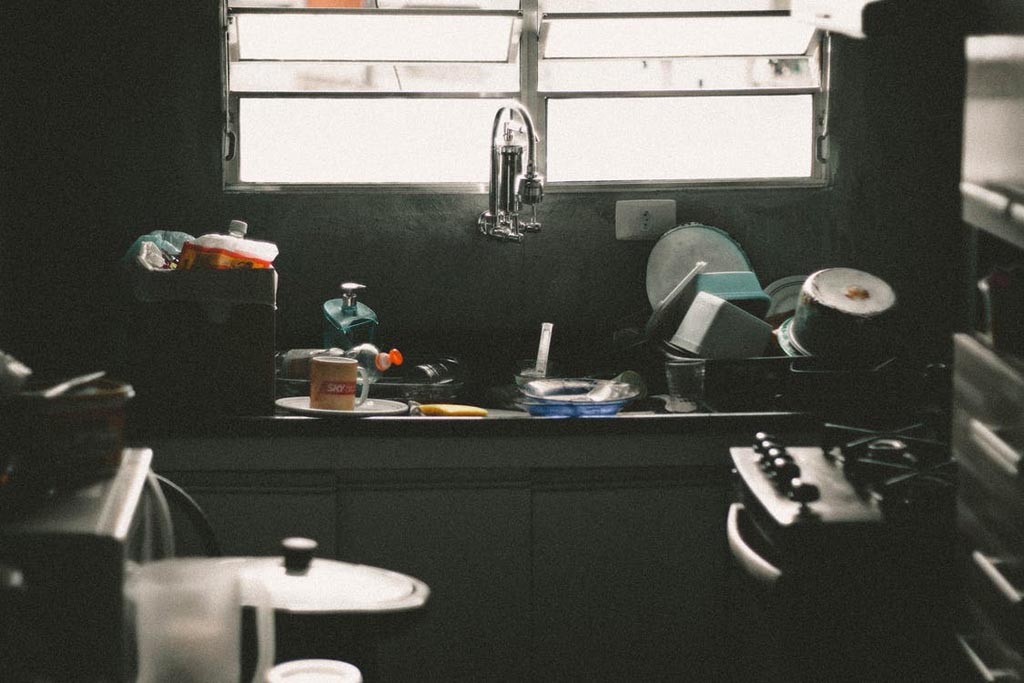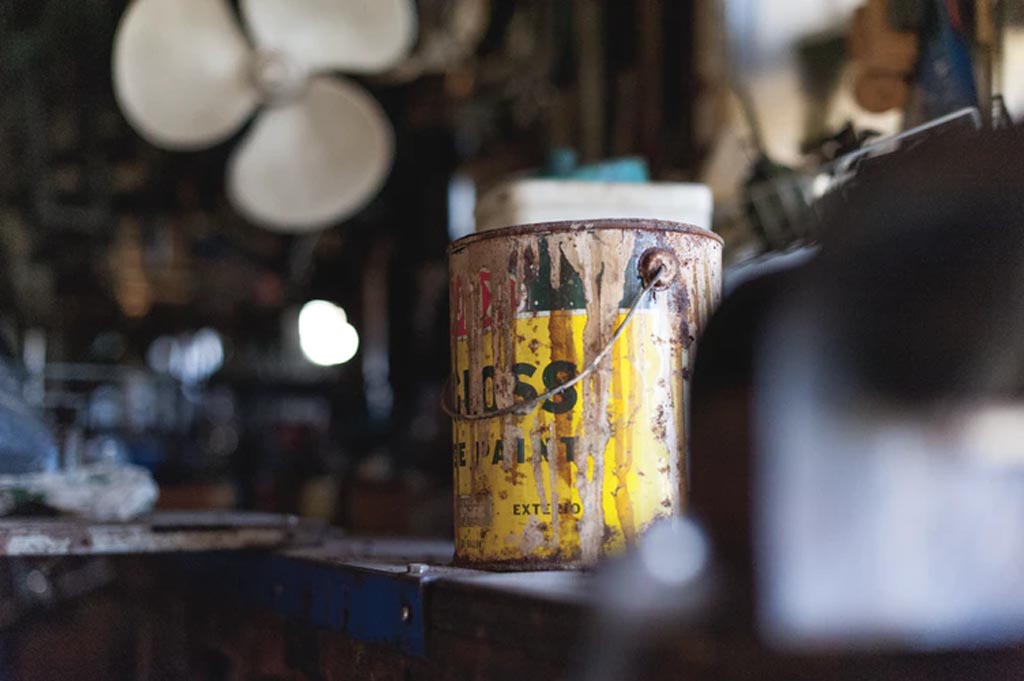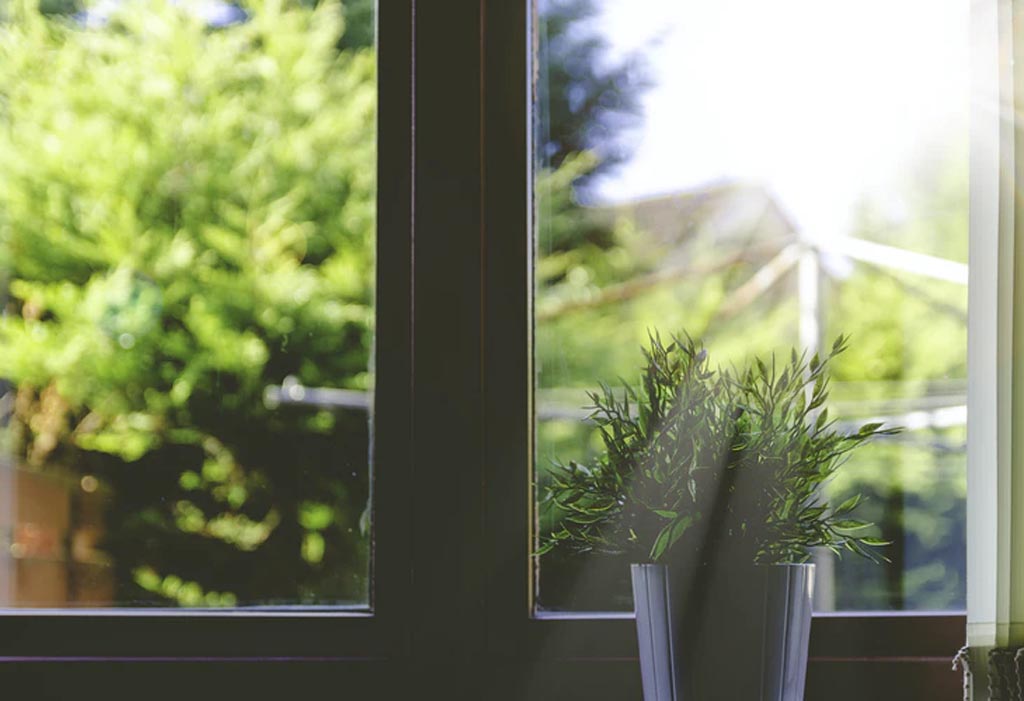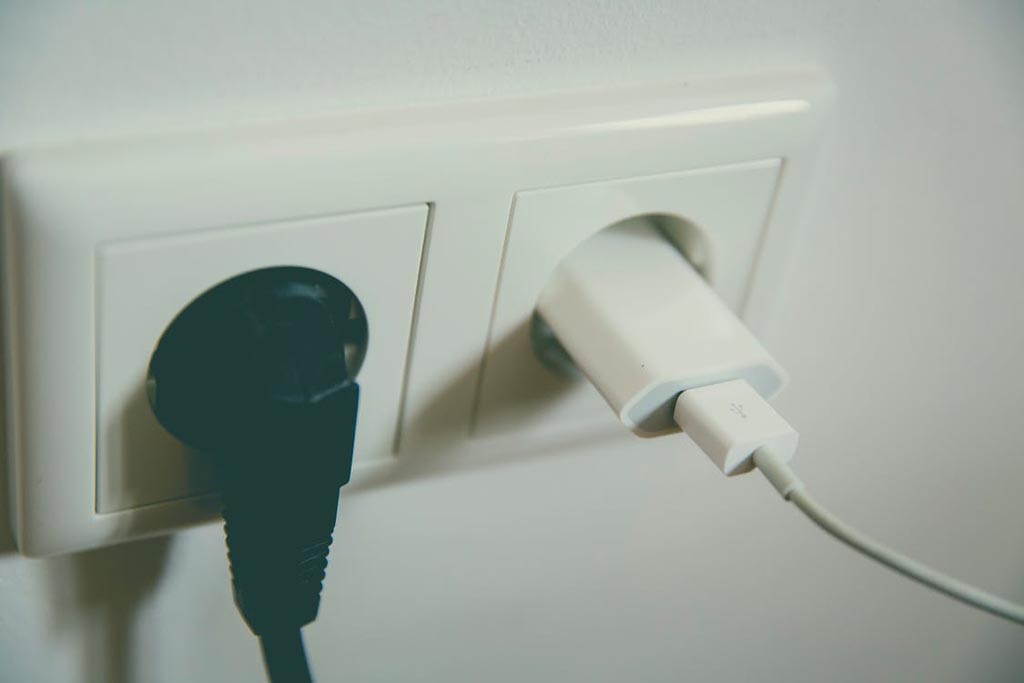Beware of These 7 Fire Hazards You May Have in Your Condo
Published on: March 1, 2021
Updated on: March 29, 2021
0 Like
Fire hazards at home are like ticking time bombs if not properly stored or managed.
Filipinos aren't strangers to disastrous fires. These incidents are common in our nightly news, unfortunately. In 2019, there were over 16,000 incidents, as reported by Philstar. Just recently, a fire broke out in Parola Compound, Tondo, Manila that resulted in tragic casualties.
March marks the start of the hottest season of the year in the Philippines, which is why it’s Fire Prevention Month. During this time, you’ll hear fire prevention advice again - from keeping stoves and ovens clean to never leaving lighted candles unattended.
While you should always keep these in mind, it’s also important to be familiar with the very threats that cause accidents in your condo. Knowing what the exact threat is, essentially, the first key to spotting and eradicating it. Most fire hazards are in plain sight that you probably don’t think of them as unsafe.
Be informed and make sure to keep an eye on these things:
1. Paper
Is paper a fire hazard? Yes. It’s one of the biggest culprits to dangerous fire incidents. In particular, their location in your condo matters. In wanting our small bedrooms and home offices to be neat, we usually store newspapers and old files under the kitchen sink. But as you know, most fires start in this area. Filled with papers, this space is a hazard at home. Photo courtesy of Philip Strong via Unsplash
Photo courtesy of Philip Strong via Unsplash
2. Greasy rags
Ever heard of spontaneous combustion? It means what it sounds like. Fires start spontaneously, without any spark to ignite them. The oily rags you use in cleaning your stoves or ovens slowly heat to the ignition point through oxidation. When the heat can't escape, as when it's in a pile, the temperature rises and ignites the oil and the cloth. This is one of the fire hazard examples people shouldn’t underestimate. Photo courtesy of Wallace Chuck via Pexels
Photo courtesy of Wallace Chuck via Pexels
3. Household chemicals
If you think about it, our homes are full of chemicals: paint thinner, cooking oil, fabric softeners, and other laundry substances, rubbing alcohol, hand sanitizers, and more. Even in your bedroom, beauty products such as hair sprays and nail polish are flammable materials. These flammable household chemicals fall under different types of fire hazards.. Photo courtesy of Jack Douglass via Unsplash
Photo courtesy of Jack Douglass via Unsplash
4. Glassware
For some of us, we like to open our windows and flood our condo units with natural light as the sunshine brings cheer to our home. But glass left in direct sunlight are fire hazards. It can magnify the sun’s rays, directing them onto objects in your home. Soft furnishings, such as beds and couches can go up in smoke instantly. Photo courtesy of Adeolu Eletu via Unsplash
Photo courtesy of Adeolu Eletu via Unsplash
5. Wires and outlets
What are the main causes of a fire? Faulty electrical connections are among the top culprits. The cords of appliances you frequently use get worn out over time. If you're the type who unplugs equipment by the cord itself rather than the plug, there's a good chance that the insulation around the cables has already weakened. This electrical problem is a fire hazard, not to mention a safety risk. The same goes for loose power strips. Photo courtesy of Markus Spiske via Pexels
Photo courtesy of Markus Spiske via Pexels
6. Laptops
The gadgets you use at home are another fire hazard example that most people don’t know. In the era of remote work, most of you use your laptops in the comfort of your beds or couches. The thing is, when you leave it on these surfaces for a long time, they can prevent the airflow through the cooling vents. Eventually, your gadget will overheat. Soft furnishings quickly catch fire, and all these factors can lead to a terrible accident. Photo courtesy of Diogo Ascenso via Unsplash
Photo courtesy of Diogo Ascenso via Unsplash
7. Washing machine
What is a common fire hazard that most people don’t know about? Washing machines. Yes, your washer can go up in flames. There's a host of potential causes, from faulty wiring and worn-out conveyors to leaking hoses, which trigger overheating or short circuits. If you see sparks or a little bit of smoke from your washing machine, unplug it. Put out the small fire and have an electrician check your appliance. Photo courtesy of cottonbro via Pexels
Photo courtesy of cottonbro via Pexels




